#louis XV
Explore tagged Tumblr posts
Text
The "Famous" Sophies of the 18th Century
Sophie of France, daughter of Louis XV and Marie Leszczyńska
Sophie, daughter of Marie Antoinette and Louis XVI
Sophie of Artois, daughter of the future Charles X and Marie Thérèse of Savoy
Sophie Volland
Sophie Germain
Sophie de Grouchy, wife of Nicolas de Condorcet
Sophie Momoro, wife of Antoine François Momoro
Sophie Carnot, wife of Lazare Carnot
Sophie Lapierre
The two Sophie Babeuf, daughters of Gracchus and Marie-Anne Babeuf
Sophie Arnould
Sophie Hugo mother of Victor Hugo
Sophie Fayd'herbe de Maudave morgautic wife of Rear-Admiral Charles René Magon de Médine thanks to @tetreaultology-and-tabarnak to find her
Feel free to add more Sophie living in 18th Century
#monarchy of france#louis xvi#Louis XV#frev#french revolution#momoro#condorcet#lazare carnot#babeuf#charles X#marie antoinette#history of france#women in history#18 century#victor hugo
12 notes
·
View notes
Text

Stefan Eggeler (1894–1969) - "Louis XV"
illustration from Hanns Heinz Ewers' Die Herzen der Könige (1922), a tale about a painter that uses the hearts of the kings of France in his paintings.
#stefan eggeler#louis xv#die herzen der könige#the hearts of the kings#horror art#dark art#macabre#social critique#satire#art#illustration#etching
1K notes
·
View notes
Text
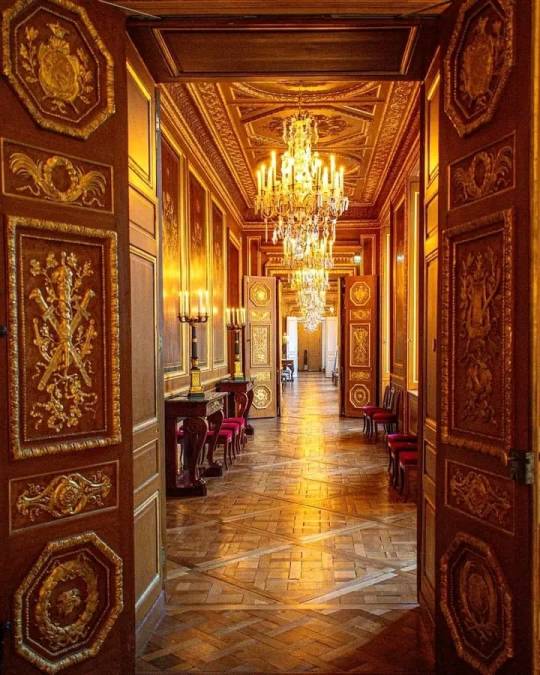
Hôtel du Garde-Meuble, Place de la Concorde, Paris, France
The Hôtel de la Marine was originally the home of the royal Garde-Meuble, the office managing the furnishing of all royal properties.
It was designed by the architect Ange-Jacques Gabriel and built between 1757 and 1774 on the newly created square first called Place Louis XV.
#art#design#architecture#history#luxury lifestyle#style#interior design#hotel particulier#place de la concorde#paris#france#royal#ange-jacques gabriel#louis XV#gallery
233 notes
·
View notes
Text
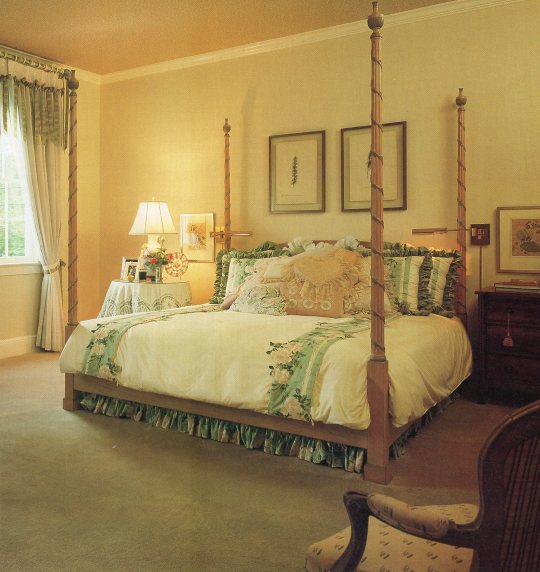
A penchant for detail is revealed in the subtle handling of the master bedroom's draperies and bed linens. The effect is rich and light - the perfect backdrop for the Louis XV-style bed, handcarved by New Orleans craftsman Fred Kempf.
Southern Interiors, 1988
#vintage#vintage interior#1980s#80s#interior design#home decor#bedroom#four poster#bed#ruffles#floral#bedding#shabby chic#feminine#botanical print#green#traditional#style#home#architecture#Louis XV
208 notes
·
View notes
Text

Louis XV in Coronation Robes
Artist: Hyacinthe Rigaud (French, 1659–1743)
Date: 1730
Medium: Oil on canvas
Collection: Museum of The History of France, Palace of Versailles, Paris, France
Louis XV
Louis XV (15 February 1710 – 10 May 1774), known as Louis the Beloved, was King of France from 1 September 1715 until his death in 1774. He succeeded his great-grandfather Louis XIV at the age of five. Until he reached maturity (then defined as his 13th birthday) in 1723, the kingdom was ruled by his grand-uncle Philippe II, Duke of Orléans, as Regent of France. Cardinal Fleury was chief minister from 1726 until his death in 1743, at which time the king took sole control of the kingdom.
#portrait#full length#louis xv#interior#coronation robes#french empire#artwork#french monarchy#french history#king of france#column#drapery#ornate table#ornate chair#scepter#crown#painting#oil on canvas#fine rt#oil painting#french culture#french art#hyacinthe rigaud#french painter#european art#18th century painting#palace of versailles
28 notes
·
View notes
Text

A plan for the king's supper on June 21st, 1751. According to the book "La nobelles à table," the supper was held at the chateau de Choisy.
112 notes
·
View notes
Text

31 notes
·
View notes
Text

Janet Newbold as Maria Josepha of Saxony, Dauphine of France, for a Louis XV era pageant at the second Metropolitan Opera Ball. Photo by Cecil Beaton for Vogue, June 1934.
87 notes
·
View notes
Text






A Bit of History. Volume 3, Book 1, Chapter 6.
Clips from <Il cuore di Cosette>.
#Les miserables#les mis#My Post#The Gamin#Street Children#Louis XIV#Louis XV#The Brick#Il cuore di Cosette#Les Mis Letters
9 notes
·
View notes
Text

Jean-Marc Nattier (French, 1685-1766) Portrait of Louis XV of France, 1745 The Hermitage, St. Petersburg
#Jean-Marc Nattier#french art#french#france#french nobility#french royal#royal#king#art#fine art#european art#europe#classical art#european#fine arts#oil painting#europa#mediterranean#western civilization#classical#1700s#historical art#Louis XV of France#Louis XV
18 notes
·
View notes
Text
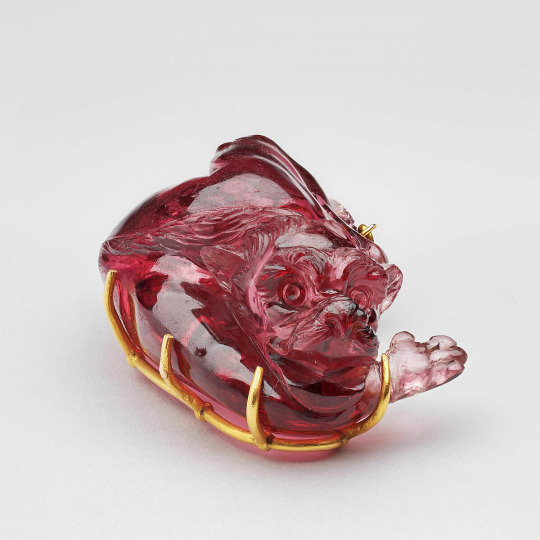
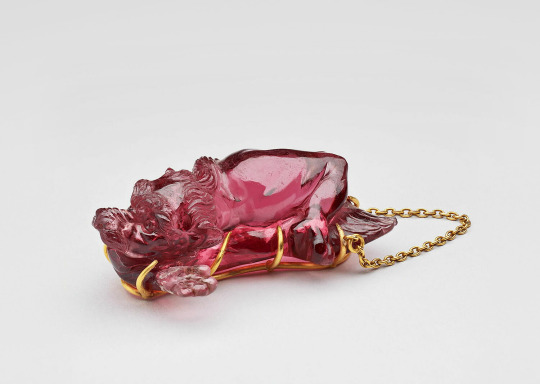
The Côte de Bretagne, Louvre Museum
The Red Spinel, known as the Côte-de-Bretagne, is the oldest gem in the French Crown Jewels collection, originally belonged to Anne of Brittany & her mother Marguerite de Foix (c. 1480).
It was later shaped into a fat "Oriental" dragon with flames by Jacques Guay, the gemstone engraver of Louis XV.
During the French Revolution, it was stolen from the Royal Storehouse. It miraculously surfaced in London in 1797, and was restored to the French collection.
245 notes
·
View notes
Text

Stefan Eggeler (1894–1969) - "Louis XV"
illustration from Hanns Heinz Ewers' 'Die Herzen der Könige', 1922
#stefan eggeler#louis xv#die herzen der könige#the hearts of the kings#horror art#dark art#macabre#social critique#satire#art#illustration#etching
59 notes
·
View notes
Text

Louis XV of France by Alexis Simon Belle, 1723.
#classic art#painting#alexis simon belle#french artist#18th century#portrait#child portrait#indoor portrait#louis xv of france#louis xv#king#house of bourbon#coronation robes#fleur de lis
29 notes
·
View notes
Text
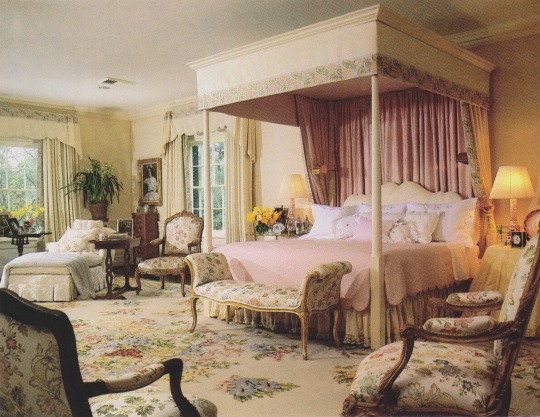
Bedposts and walls in the master bedroom are pasted in pale yellow satin sprinkled with polka dots. Embroidered rug is... from Portugal; chairs are Louis XV.
House & Garden’s Best in Decoration, 1987
#vintage#vintage interior#1980s#80s#interior design#home decor#canopy bed#bedroom#antique#furniture#Louis XV#chair#floral#traditional#French#style#home#architecture#classical
353 notes
·
View notes
Text

19 notes
·
View notes
Text
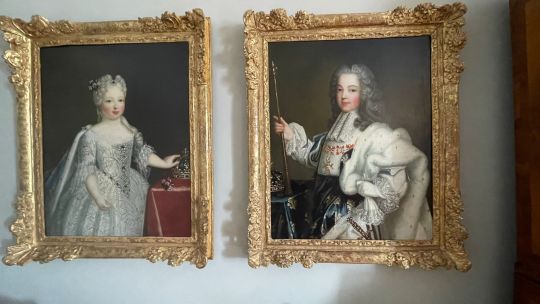

Mariana Victoria of Spain and her fiancé, Louis XV and daughters of the House of Besenval at Schloss Waldegg. Photos taken by me.
17 notes
·
View notes